About Capoeira
LEARN ABOUT CAPOEIRA AND ITS HISTORY
What is Capoeira
Capoeira is a martial art, a dance, a fight and a game.
Capoeira originated in Brazil around 500 years ago when West Africans were brought to Brazil as slaves during the colonial period. In Brazil, they were prohibited from celebrating their cultural customs and strictly forbidden to practice any martial arts, and in their search for freedom capoeira emerged.
Since then, capoeira has evolved and transformed. Today, it combines martial arts, dance, acrobatics, music and rhythms, all steeped in Afro-Brazilian roots. Capoeira is a dialogue between players, a conversation through movement, which is fascinating to watch but even better to play.
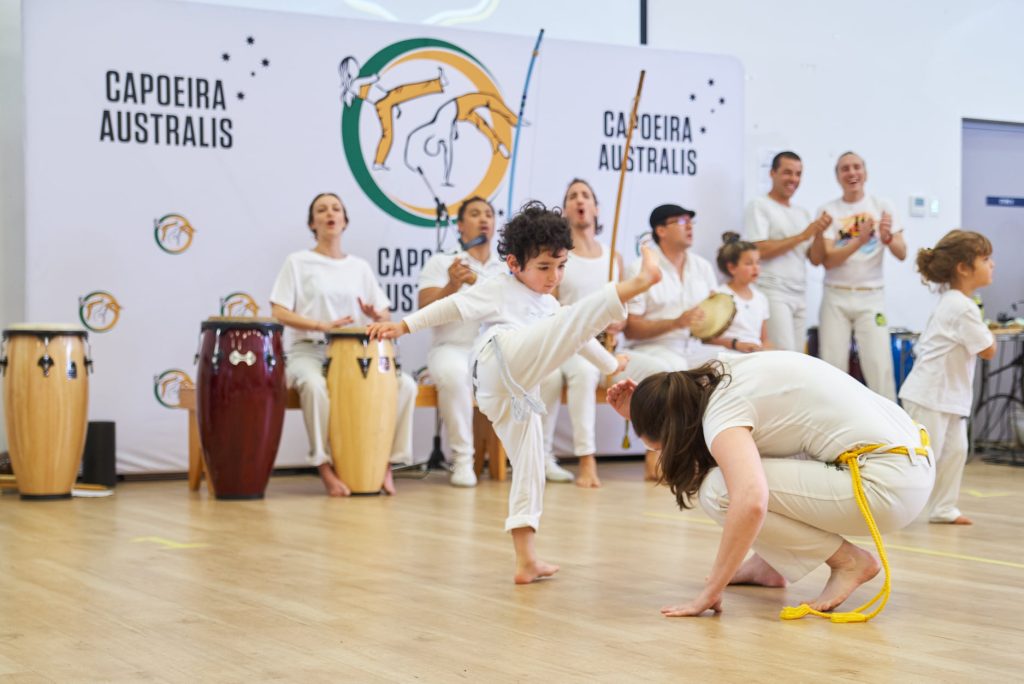
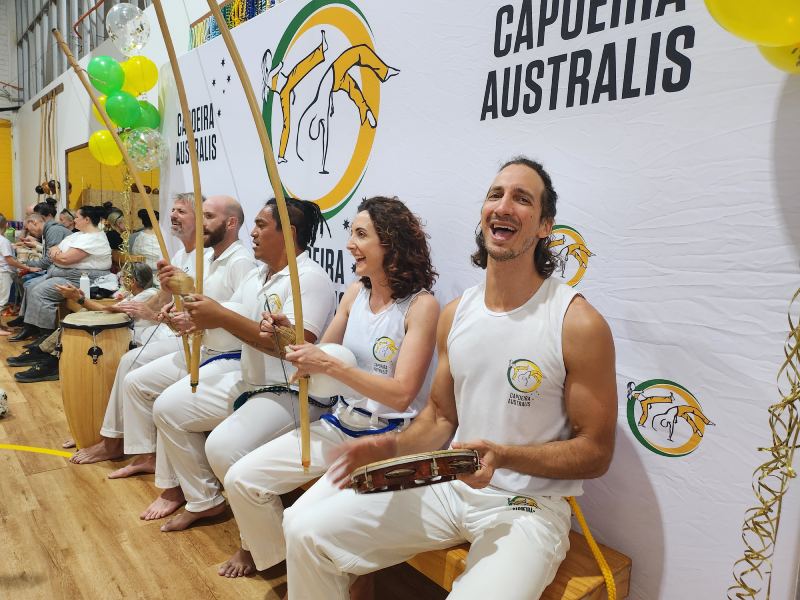
Capoeira is comprised of specific offensive and defensive movements and, unlike in other martial arts, the participant is constantly in motion because of the fundamental movement, the ginga.
The ginga (literally, rocking back and forth) has two main objectives: to keep the Capoeira player in a state of constant motion, preventing them from being a still and easy target; and, using ‘fake’ movements, to mislead or trick their opponent, leaving them open for an attack or a counter-attack.
"Capoeira Has A Rich And Fascinating History That Is Preserved Through Its Movements And Music"
The Birth Of Capoeira
In the sixteenth century, countless slaves from different nations and tribes of West Africa were brought to Brazil by the Portuguese colonists. Slaves were forbidden to practice self-defence and the dance-like movements of Capoeira were devised as a way of disguising their training of combat and self-defence as a ritual, to avoid persecution by the slave masters.
Capoeira emerged as a method of survival and to fight for freedom. Using Capoeira, many slaves escaped their masters and formed rebellion groups known as Quilombos, creating communities outside of Portuguese control.
These communities stood as strongholds against the Portuguese, and many are famous for the courageous defences they put up. The escaped slaves used Capoeira to fight Capitães-do-mato, the armed and mounted colonial agents who were charged with finding and capturing escapees.
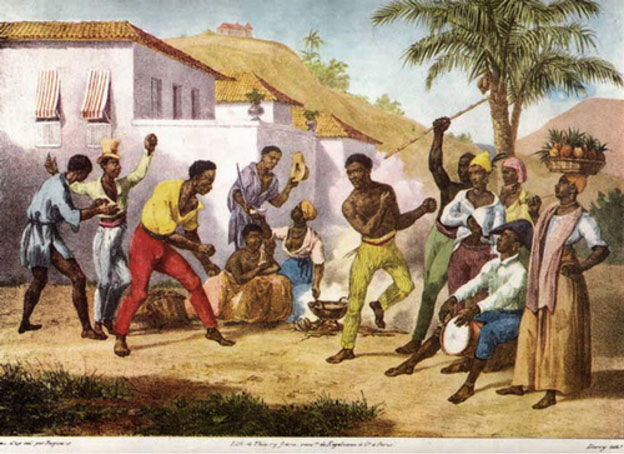
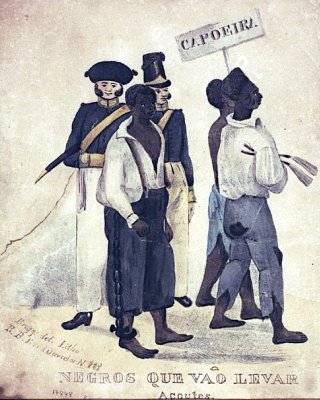
The beginning of freedom
In 1888, Brazil abolished slavery. This was the beginning of some freedom for Afro-Brazilian slaves, but not yet for Capoeira. This period and the years to come, were a very tumultuous era for Capoeira.
Many newly freed citizens found themselves without homes or income, creating widespread poverty. As Brazil’s population expanded in the 19th century, crime exploded within the urban centres and Capoeira was one of the many weapons used.
Using fake names to avoid identification, and concealing weapons such as razor sharp barber blades, some gangs were trained in the art of Capoeira and caused problems throughout Brazil. Consequently, Capoeira was outlawed nationally in 1890, and those seen practicing it suffered severe consequences, such as death.
It would only be many years later that Capoeira was given the chance for true freedom.
"Capoeira emerged as the pursuit of freedom from slavery."
The Making Of Modern Capoeira
Capoeira survived the near extinction it faced after being made illegal in 1890.
It was Mestre Bimba, a respected fighter from Salvador, one of the last cities where Capoeira was still practiced, who rekindled the popularity of Capoeira. Presenting the cultural significance of Capoeira while also highlighting the attention it gained from tourists, Bimba successfully convinced Brazilian authorities of the cultural value of the art and was allowed to open the first Capoeira school in 1932.
Mestre Bimba believed Capoeira had become too playful and ineffective as a martial art and created new movements and choreographed attacks, as well as the first system-based teaching method for Capoeira. He named his new style Luta Regional Baiana ("regional fight from Bahia"). The Luta Regional Baiana became popular with the cultural elite of Brazil, and this gradually changed Capoeira's lowly image and criminal connotations. By 1940, the official ban was lifted and Capoeira was legalised.
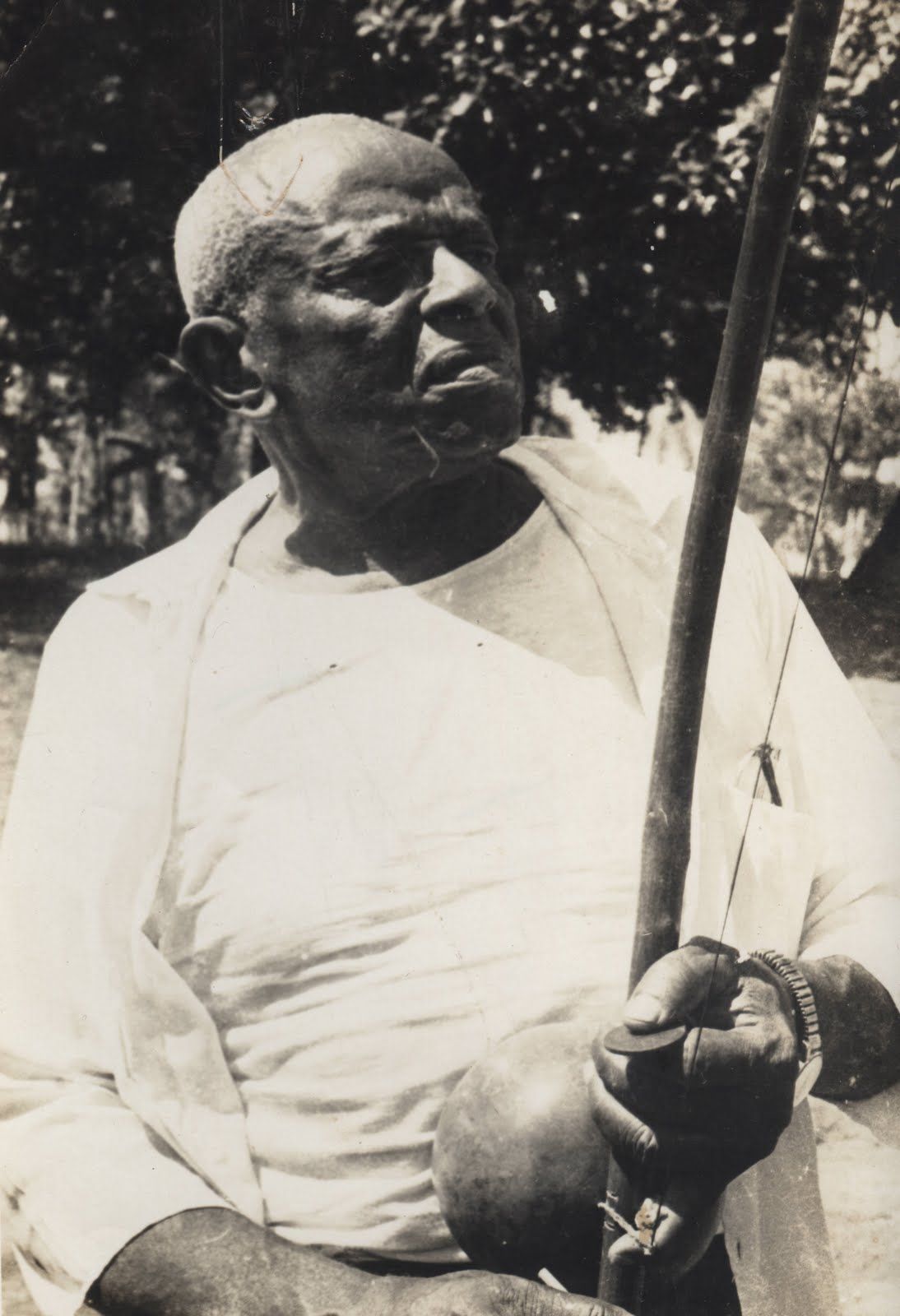
MESTRE BIMBA The father of Capoeira Regional
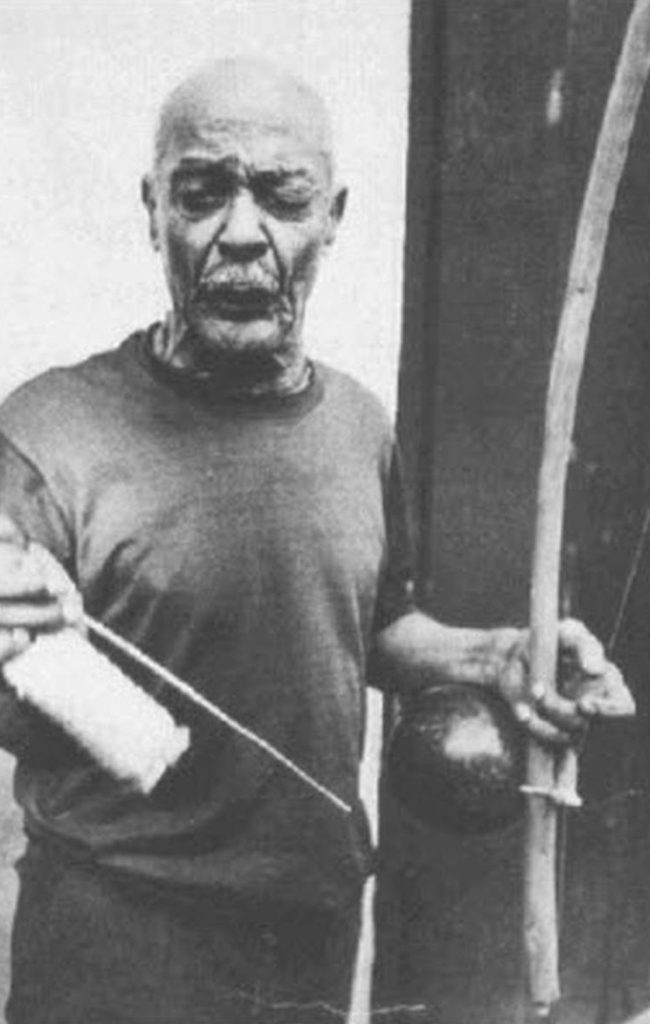
MESTRE PASTINHA The father of Capoeira Angola
This allowed two main streams to develop in unison, ‘Regional’, influenced by Mestre Bimba’s teaching, and ‘Angola’ which looked to the traditions of Capoeira before it was banned.
The name Angola starts as early as the beginning of slavery in Brazil, when Africans were called "black people from Angola", regardless of their nationality, and Capoeira was referred to as "playing Angola". The name Angola was firmly established by Mestre Pastinha in 1941 when he opened the Centro Esportivo de Capoeira Angola in the Salvador neighbourhood of Pelourinho. Mestre Pastinha, known as the father of Capoeira Angola, preferred the spontaneous aspects of Capoeira, and Angola is characterised by slow and smooth motions, played low to the ground.
Today, Capoeira is played all over the world, in many different styles, but all drawing from the same original elements of the art form.
In 2014 the Capoeira Circle (the Capoeira roda) was added to UNESCO's Representative List of the Intangible Cultural Heritage of Humanity. It recognises that the "Capoeira circle is a place where knowledge and skills are learned by observation and imitation" and that it "promotes social integration and the memory of resistance to historical oppression".
